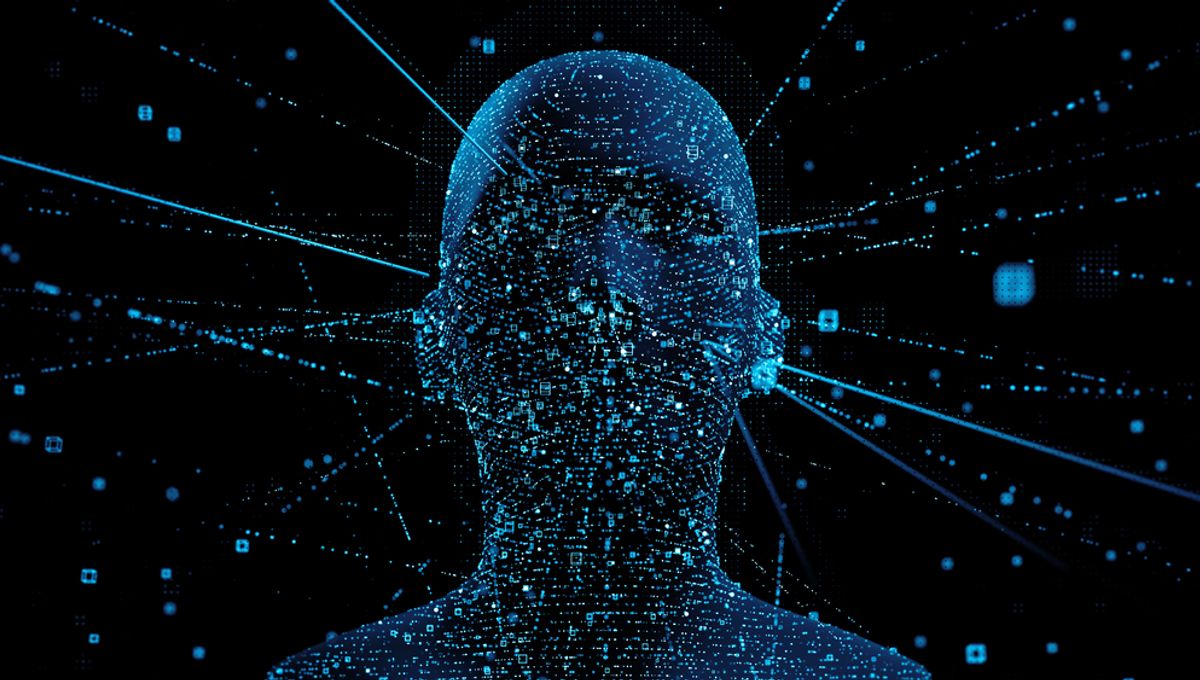Imagine a world where Wi-Fi signals can do more than just connect us to the internet. A team of computer scientists at Carnegie Mellon University has recently demonstrated this possibility by developing a deep neural network that can digitally map human bodies using Wi-Fi signals alone.
Similar to radar technology, this innovative system uses numerous sensors to detect how Wi-Fi radio waves are reflected around a room due to interference from objects like humans. By processing this data with a machine learning algorithm, the system can create accurate imagery of moving human bodies.
In a pre-print paper posted in December 2022, the researchers stated, “The results of the study reveal that our model can estimate the dense pose of multiple subjects, with comparable performance to image-based approaches, by utilizing WiFi signals as the only input.”
While some may have concerns about the intrusiveness of this technology, the team believes it is actually “privacy-preserving” compared to a camera. The algorithm only captures rough body positions, not facial features or appearance, offering a new way to carry out surveillance while maintaining anonymity.
The potential applications of this technology are vast. The team suggests it could be scaled to monitor the well-being of elderly individuals or identify suspicious behaviors at home.
In another fascinating study, scientists at the University of California Santa Barbara demonstrated how Wi-Fi signals can even penetrate walls to reveal the shape of 3D alphabet letters. By focusing on tracing the edges of objects, they were able to overcome the challenge of imaging still scenery with Wi-Fi signals.
Rest assured, this technology is not yet ready to invade our private spaces. As the researchers explain, “traditional imaging techniques result in poor imaging quality when deployed with commodity Wi-Fi transceivers as the surfaces can appear near-specular at lower frequencies, thus not leaving enough signature on the receiver grid.”
However, with the rapid advancement of technology, it seems inevitable that crisp, clear images will soon be produced by the waves emitted from our Wi-Fi routers, smartphones, and laptops.







